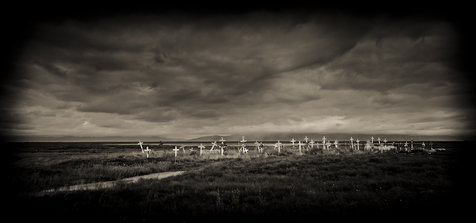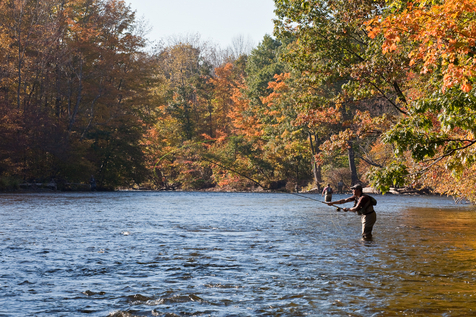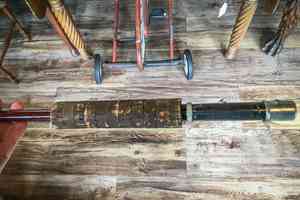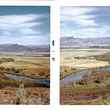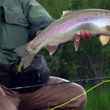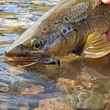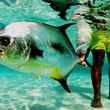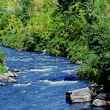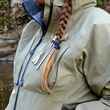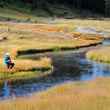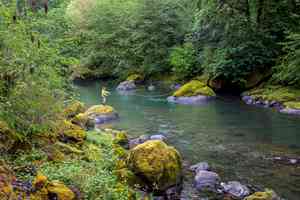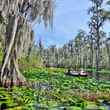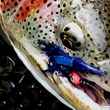In an article published last week, Don't Let Bunker Go Bust, Captain Paul Eidman detailed the current threats looming to the population of bunker (formally known as Atlantic Menhaden) and the potential catastrophic impacts of a collapse of that population. The Atlantic States Marine Fisheries Commission (ASMFC) is set to vote tomorrow on a proposal to protect Atlantic Menhaden through the imposition of catch limits, which do not currently exist for bunker. According to advocates for the protection of menhaden, the absence of these limits is the main culprit for the sharp drop offs in populations of bunker. Representatives of the fishing industry responsible for the bulk of the bunker harvest in Atlantic waters, Omega Protein, disagrees.
According to H. Bruce Franklin, author of 'The Most Important Fish in the Sea', “if we do not put the heat on the ASMFC to do the right thing in November, Omega Protein will prevent any meaningful protection, the menhaden population will continue to crash, and species after species of the valued fish dependent on menhaden will crash with them." It is this sort of scenario that has proponents of catch limits motivated. This motivation has led a variety of environmental advocacy groups, recreational fishing organizations and individual concerned citizens to deliver over 90,000 comments to the ASMFC in order to make their voice heard pending tomorrow's vote.

